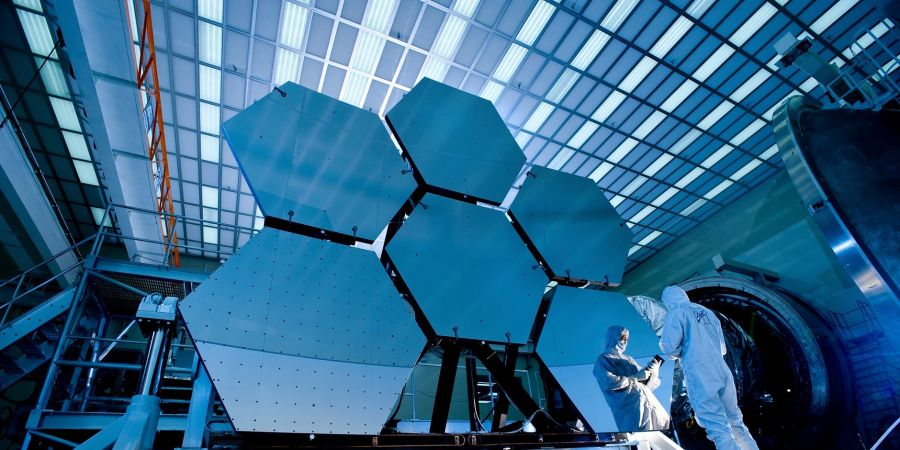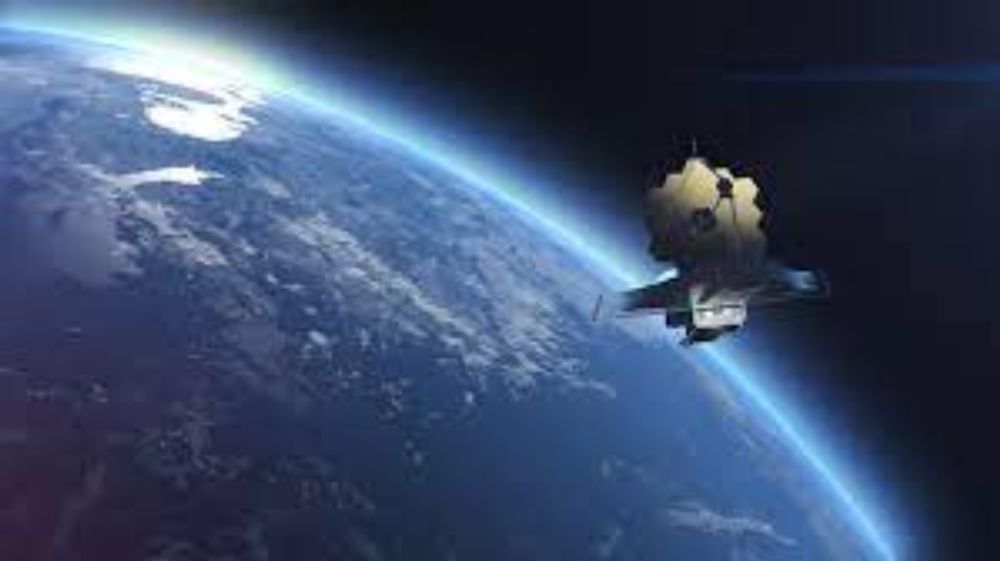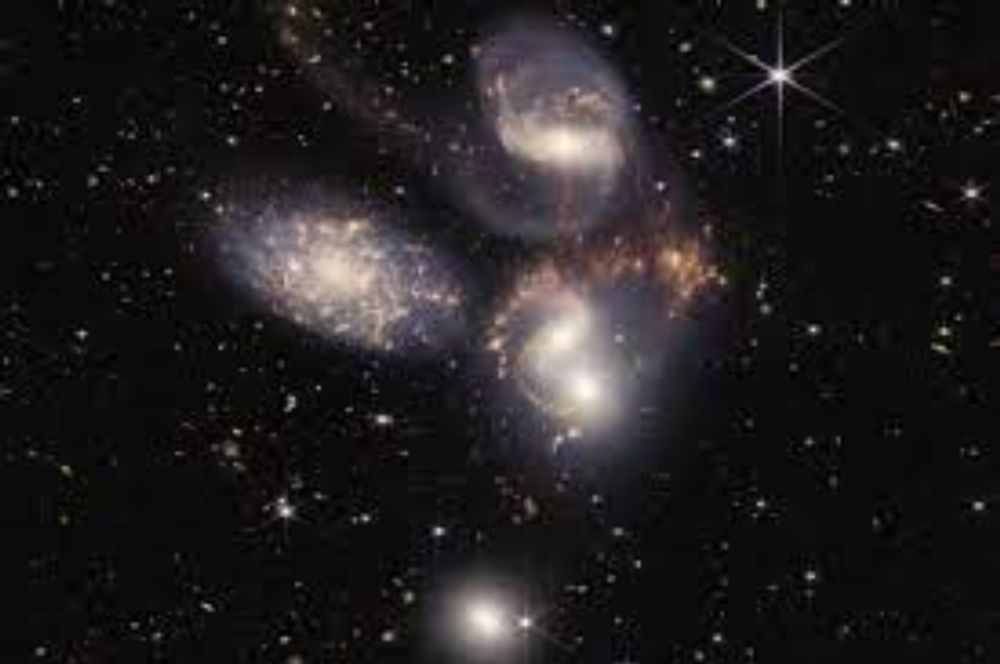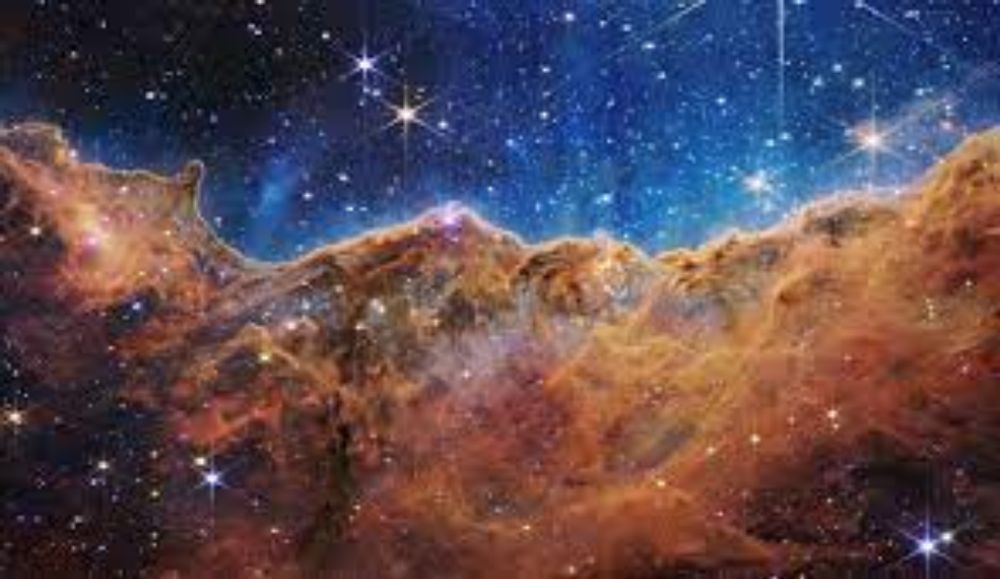

NASA's James Webb Space Telescope, the agency's successor to the famous Hubble telescope, launched on Dec. 25, 2021 on a mission to study the earliest stars and peer back farther into the universe's past than ever before.

Lagrange point 2 (L2), where Webb is now monitoring, is around 1 million miles away (1.6 million km). It is the biggest and most potent telescope ever launched into orbit.In its first few weeks of operation, the James Webb Space Telescope is smashing records and making fascinating observations.
Astronomers discovered galaxies at redshift 13, or roughly 300 million years after the Big Bang, one week after the James Webb Space Telescope delivered its first science photographs. Soon after, exciting new findings imply that astronomers are outpacing that metric, with detections up to redshift 20 possibly being made. If those galaxies are real, they are quite old, having formed only 200 million years after the Big Bang.

The furthest star, named Earendel after a figure in J.R.R. Tolkien's "Lord of the Rings" prequel "The Silmarillion," caught Webb's attention next. A deep field photograph from the Hubble Space Telescope has improved visibility of the star's light, which took nearly 12.9 billion years to reach Earth.
In addition, Webb discovered the Cartwheel, a wheel-shaped galaxy with unparalleled structural detail. Webb discovered individual stars within the galaxy's star-forming regions as well as more young star clusters encircling the galaxy's supermassive black hole using infrared radiation. Infrared light, which can see through that dust, can best see these zones because they are densely covered in it.

The James Webb Space Telescope is already keeping scientists and space enthusiasts busy.
Numerous new studies examining JWST data have been published on arXiv.org, the preprint server for the astronomical community. The hunt for ever-further-away galaxies is one popular issue in particular: The observatory is currently breaking its own records, identifying galaxies that may have formed 200–300 million years ago.Other researchers anticipate learning more about supermassive black holes from the observatory.
Amateur image processors are analysing early discoveries and creating artistic works from the data, such as a spiral galaxy that resembles a wormhole. Additionally, the United States Postal Service has a fantastic new stamp available for people who prefer traditional mail to sophisticated image analysis.
Between May 22 and May 24, a micrometeoroid hit the James Webb Space Telescope, impacting one of the observatory's 18 hexagonal golden mirrors. In June, NASA announced the micrometeoroid strike and stated that the debris was larger than anticipated based on pre-launch modelling. In a report(opens in new tab) published on July 12 detailing what scientists on the mission learnt about utilising the observatory during its first six months in orbit, scientists on the expedition have now revealed an image that emphasises the severity of the blow.
Fortunately, Webb wasn't significantly affected in this instance. In spite of this, the study describes the research and modelling being done by engineers to determine the long-term impacts of micrometeroids on Webb.
